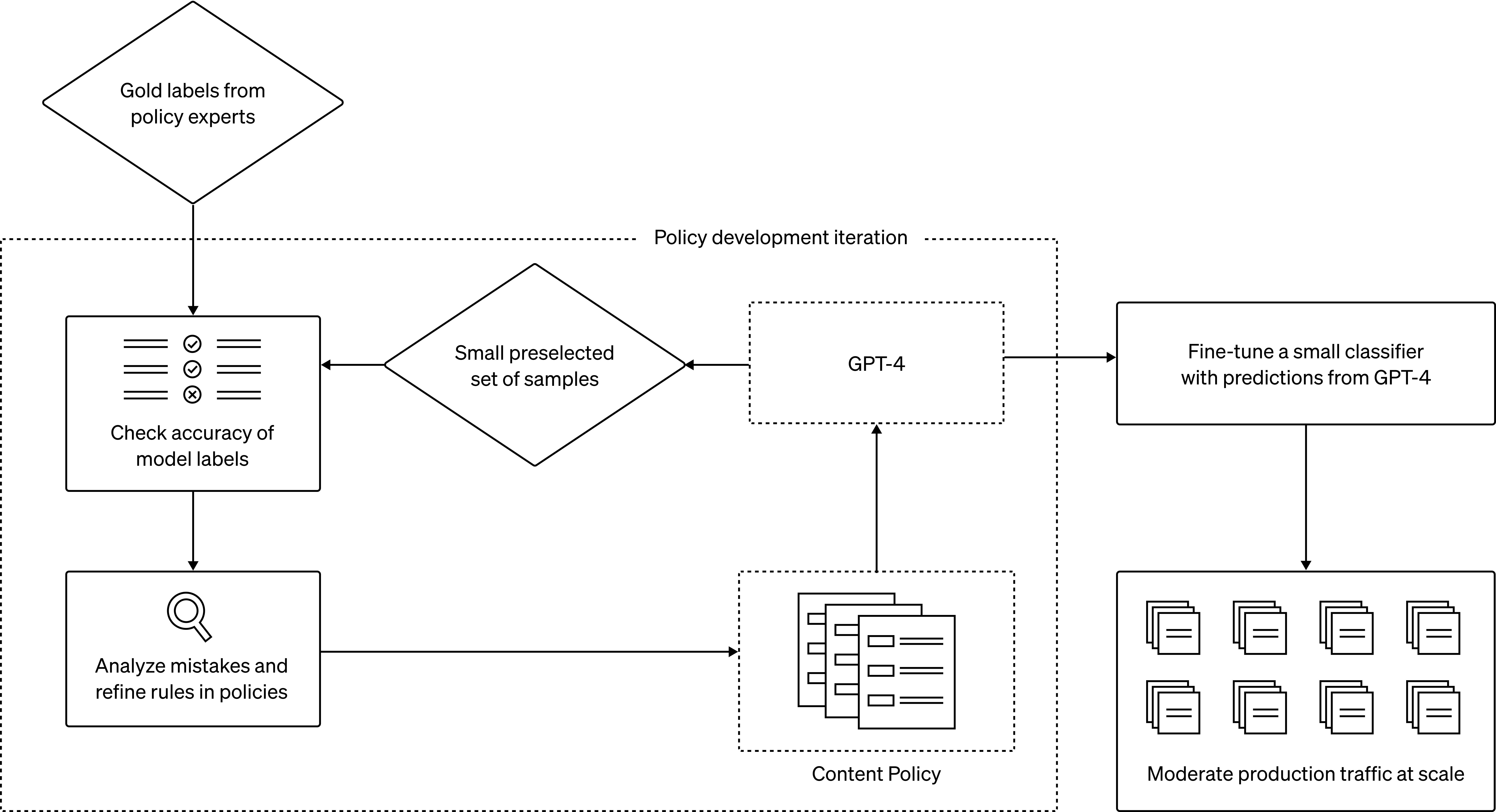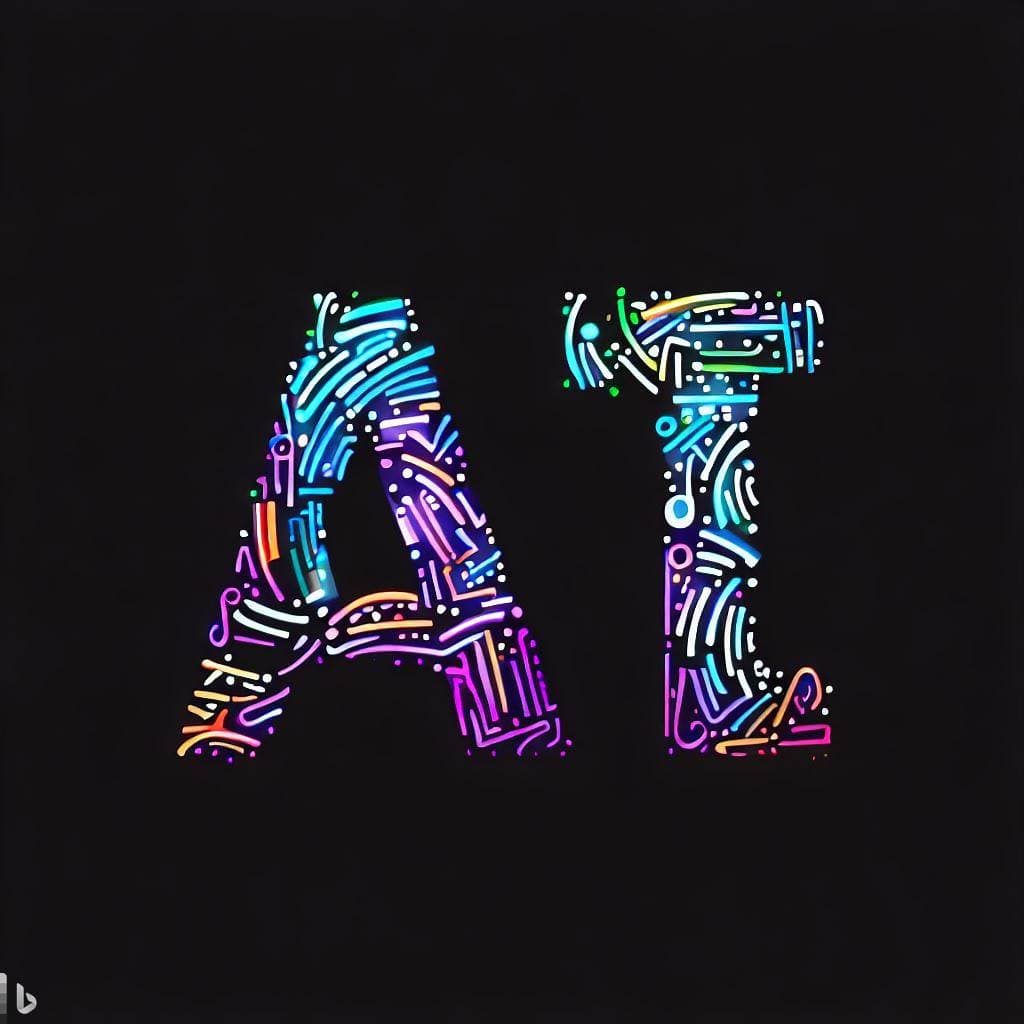The Google PALM API and Vertex AI API are tools that can be used to build generative AI applications. The PALM API is a RESTful API that provides access to Google’s Pathways Language Model 2 (PaLM 2), a large language model (LLM) that can generate text and code in response to natural language prompts. The Vertex AI API is a managed ML platform that provides various services, including training, deploying, and managing ML models.
By using the PALM API and Vertex AI API together, developers can build generative AI applications that are powerful, scalable, and reliable. For example, developers could use the PALM API to generate text for a chatbot or create a new content generation tool. They could also use the Vertex AI API to deploy their models to production and scale them to handle large amounts of traffic.
The PALM API and Vertex AI API are still under development, but they offer a great opportunity for developers to build innovative generative AI applications.
Here are some specific examples of how the PALM API and Vertex AI API can be used to build generative AI applications:
- Chatbots: The PALM API can generate more engaging and informative text than traditional chatbots. For example, the PALM API could generate text tailored to users’ interests and needs.
- Content generation: The PALM API can create new types of content generation tools that are more creative and informative than traditional ones. For example, the PALM API could generate blog posts, articles, or poems.
- Machine translation: The PALM API can be used to improve the accuracy and fluency of machine translation systems. For example, the PALM API could generate better translations of technical documents or creative works.
- Code generation: The PALM API can generate more efficient and readable code than traditional code. For example, the PALM API could generate code tailored to the application’s needs.
The PALM API and Vertex AI API are powerful tools that can be used to build various generative AI applications. As these tools develop, they will become even more powerful and versatile.
Google has pioneered many of these transformations, offering tools and platforms for various text and media conversions. Google Translate (T2T), Google Speech-to-Text (A2T), and Google Text-to-Speech (T2A).
Google Bard is an AI experiment by Google, and Generalized Multimodal Intelligence Network (Gemini) is expected to be a game-changer. Gemini will be a highly advanced language model with capabilities that surpass even GPT-4. It may stand out for its ability to perform diverse and intricate tasks. Some of its notable capabilities may include:
- Multimodal Question Answering: Gemini can provide answers by integrating information from different data types, such as text, images, or videos. It can address queries using a holistic approach.
- Summarization: Gemini can condense lengthy text, audio, or video content into concise summaries. This is particularly helpful for quickly grasping the key points of documents, lectures, or meetings.
- Translation: Beyond conventional language translation, Gemini can also translate between various data formats. For example, it can convert a written description into an image or even a 3D model.
- Generation: Gemini excels at generating content in various forms, including written pieces, images, musical compositions, and more. Its creative capabilities are versatile and adaptable.
- Reasoning: One of Gemini’s most impressive strengths lies in its capacity to reason. It can synthesize information from different sources and tasks, enabling it to make logical assumptions and draw insightful conclusions. This makes it an invaluable tool for tasks involving problem-solving and decision-making.
More on Generative AI for Developers here Generative AI for Developers and MakerSuite, MakerSuite is now Google AI Studio .
Google’s seven AI principles to guide the success of their enterprise AI offerings
- AI should be socially beneficial.
- AI should avoid creating or reinforcing unfair bias.
- AI should be built and tested for safety.
- AI should be accountable to people.
- AI should incorporate privacy design principles.
- AI should uphold high standards of scientific excellence.
- AI should be made available for uses that accord with these principles.
PaLM API and Google Cloud Vertex AI
Getting started
Text Generation
To get started on Text Generation in OpenAI, you can check out how to do this in OpenAI Python SDK, LangChain, and Semantic Kernel, and it covers using Azure OpenAI Service or OpenAI API. Also, you can use PaLM Python API, Google Cloud Vertex AI, and Meta LLaMA-2 for text generation.
- Text Completion covers text generation via PaLM API, Google Cloud Vertex AI
- Text Completion via LangChain covers Google PaLM, and Vertex AI
More comprehensive demos are available on
- LLM Scenarios, Use cases on the Gradio App
- Also, source code on GitHub
Further references
- Google Cloud - AI Simplified
- Google Cloud - Generative AI for Developers
- Google Cloud - Seven new no-cost generative AI training courses to advance your cloud career
- Google’s Gemini: The Next Big Thing in AI Revolution
- Google Bard, an AI experiment by Google
- Imagen - Photorealistic Text-to-Image Diffusion Models
- Pathways Autoregressive Text-to-Image model-Parti
- Muse: Text-To-Image Generation via Masked Generative Transformers
- MusicLM: Generating Music From Text
- AudioLM: A Language Modeling Approach to Audio Generation
- Google Developers Codelabs AI and ML
Courses
- Google Cloud Essentials
- Introduction to Responsible AI
- Introduction to Generative AI
- Generative AI Fundamentals
- Responsible AI: Applying AI Principles with Google Cloud
- Introduction to Large Language Models
- Introduction to Image Generation
- Attention Mechanism
- Encoder-Decoder Architecture
- Transformer Models and BERT Model
- Create Image Captioning Models
- Introduction to Generative AI Studio
- Generative AI Explorer - Vertex AI
- Explore and Evaluate Models using Model Garden
- Prompt Design using PaLM






Comments